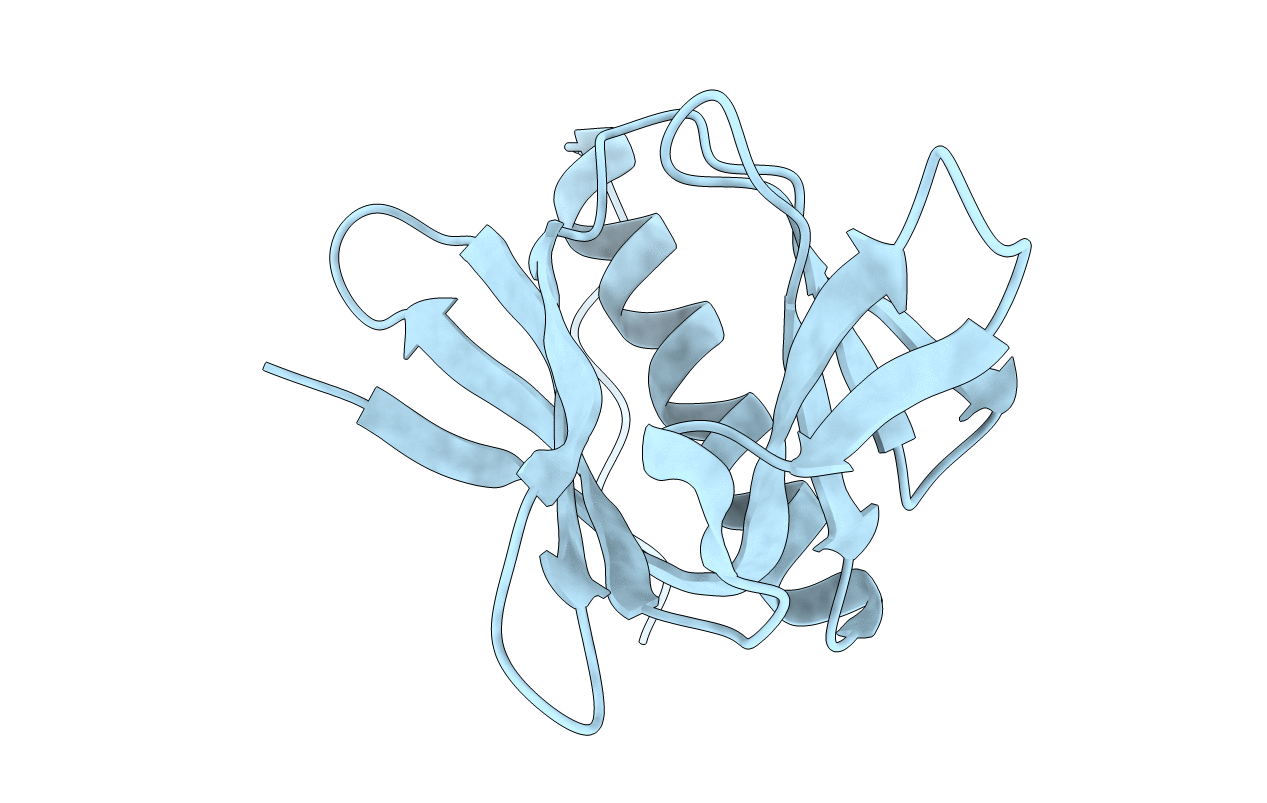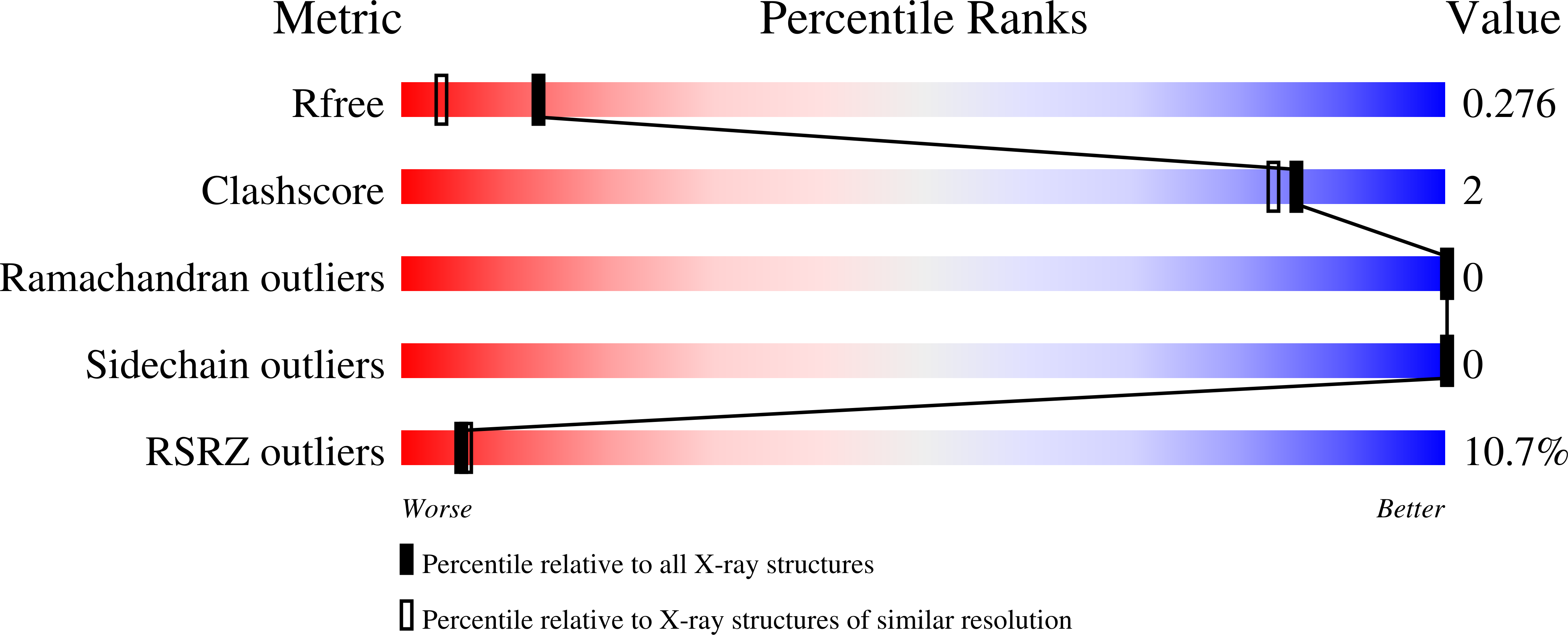
Deposition Date
2021-03-03
Release Date
2022-01-19
Last Version Date
2023-10-18
Method Details:
Experimental Method:
Resolution:
1.88 Å
R-Value Free:
0.27
R-Value Work:
0.24
R-Value Observed:
0.24
Space Group:
C 2 2 21


